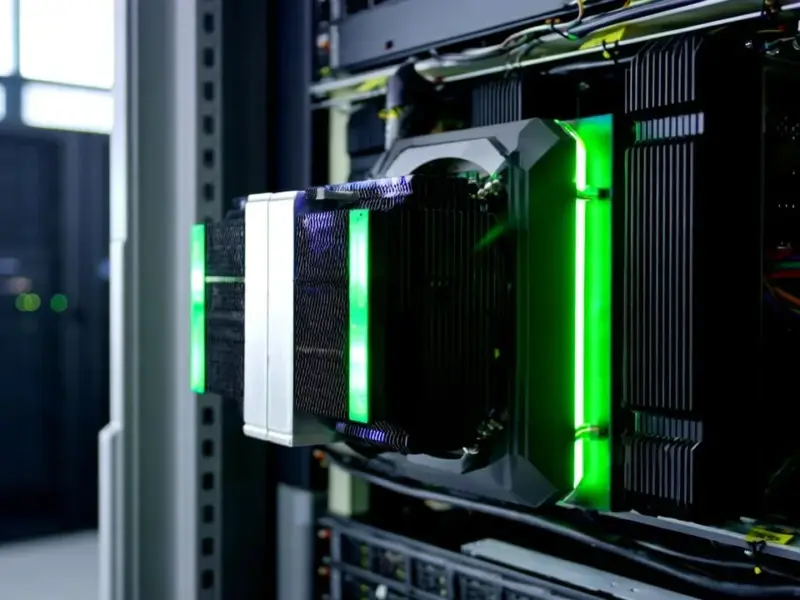According to 9to5Mac, macOS Tahoe 26.1 is rolling out now following several weeks of developer and public beta testing, bringing both user-facing features and significant back-end preparation for upcoming AI enhancements. The update introduces MCP support, an open standard developed by Anthropic that enables AI models to interact with user platforms and tools, though Apple hasn’t publicly commented on integration timelines. Additional under-the-hood improvements to Image Playground lay groundwork for supporting third-party image generation models beyond ChatGPT. User-facing changes include a new Tinted mode for Liquid Glass appearance, a redesigned Macintosh HD icon without ports, and an updated Apple TV app icon reflecting Apple’s new design language. These seemingly minor updates mask significant strategic moves in Apple’s AI development.
The MCP Gambit: Apple’s Quiet AI Infrastructure Play
Apple’s integration of Anthropic’s MCP standard represents a significant departure from their traditional walled-garden approach to platform development. By adopting an open standard rather than creating proprietary technology, Apple is signaling they understand the AI ecosystem requires interoperability that their traditional development model can’t provide. This move suggests Apple recognizes they’re playing catch-up in the AI space and need to leverage existing standards rather than trying to establish their own. The technical implementation appears to be complete, but Apple’s silence on rollout timing indicates they’re either waiting for hardware readiness or facing integration challenges with their existing ecosystem.
The Third-Party Model Dilemma: Opening Pandora’s Box
Apple’s preparation for third-party image generation models presents both opportunity and significant risk. While expanding beyond ChatGPT integration makes strategic sense, it fundamentally challenges Apple’s controlled ecosystem philosophy. Third-party AI models introduce security vulnerabilities, content moderation challenges, and potential brand safety issues that Apple has historically avoided. The company’s notorious App Store review process becomes exponentially more complex when dealing with AI models that can generate unpredictable outputs. This move suggests Apple may be prioritizing AI capability growth over their traditional security-first approach, potentially creating future privacy and content moderation headaches.
Visual Tweaks as Strategic Distractions
The user-facing visual changes in Tahoe 26.1—Tinted mode, icon redesigns—appear deliberately minor, serving as cosmetic distractions from the substantial back-end AI infrastructure being built. This pattern mirrors Apple’s historical approach of introducing major platform changes gradually through seemingly minor updates. The design language evolution reflected in the Apple TV icon suggests broader visual changes are coming, likely timed with more significant AI feature announcements. These visual tweaks serve dual purposes: maintaining user engagement with visible changes while the real platform transformation happens invisibly in the background.
The Strategic Timing: Playing Catch-Up in AI
Apple’s quiet AI infrastructure rollout through point updates like Tahoe 26.1 reveals their current market position: they’re significantly behind competitors in consumer-facing AI but building foundational capabilities for a major push. The timing suggests Apple is preparing for AI-centric hardware announcements, likely tied to their next chip generation or dedicated AI processors. This gradual approach allows them to test infrastructure without the scrutiny that would accompany a major AI announcement. However, it also risks appearing reactive rather than innovative in a market where competitors are already shipping mature AI products.
The Integration Challenge: Making AI Work Within Apple’s Ecosystem
The biggest unanswered question remains how Apple will integrate these AI capabilities into their tightly controlled ecosystem. MCP support and third-party model integration fundamentally challenge Apple’s vertical integration model. Will they create an AI App Store? How will they ensure privacy and security with third-party models accessing system-level capabilities? The technical implementation appears straightforward, but the policy and ecosystem integration represent Apple’s biggest challenge. Their historical resistance to opening platforms suggests we may see heavily restricted AI capabilities initially, potentially limiting the usefulness of these infrastructure investments.




